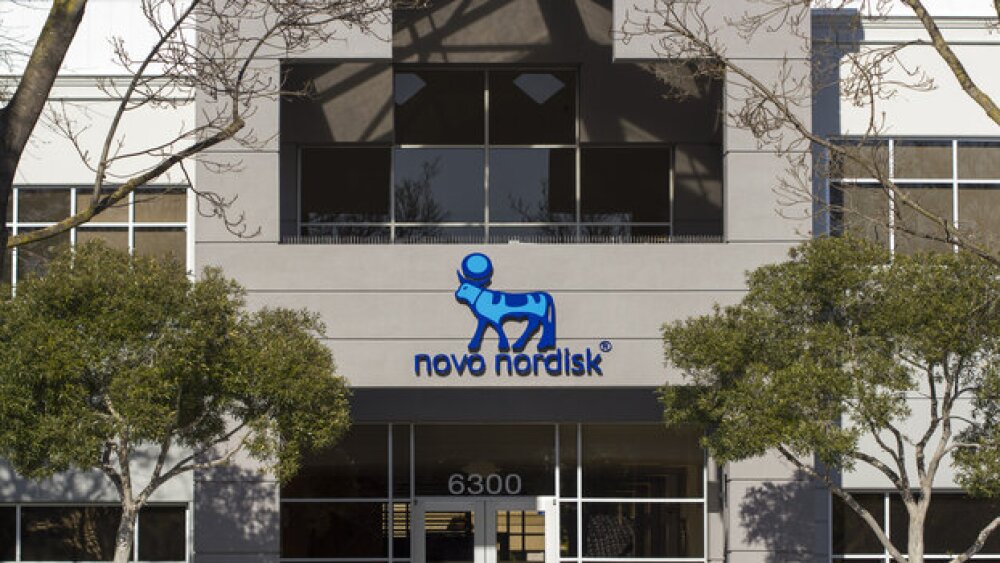As Omicron continues to dominate globally, research is coming in every day on this highly contagious variant of SARS-CoV-2.
As Omicron continues to dominate globally, research is coming in every day on this highly contagious variant of SARS-CoV-2. Take a look.
A Subvariant of Omicron ID’ed in Washington State and Houston
Two cases of a subvariant of the Omicron variant have been identified in Washington state. It appears to have additional mutations, including ones on the spike protein. It has previously been reported in parts of Europe and Asia. The official designation is BA.2. U.K. health officials have dubbed it a “variant under investigation,” adding that “there is still uncertainty around the significance of the changes to the viral genome.” Two cases have also been identified in Houston.
Omicron Lasts Longer on Plastic and Skin
A study by Japanese researchers found that Omicron can survive longer on plastic and human skin than earlier strains of the virus. They speculate that this high “environmental stability” might have helped it edge out Delta as the dominant variant. The Wuhan wildtype, Alpha, Beta, Gamma and Delta strains, had an average survival time on plastic surfaces of 56 hours, 191.3 hours, 156.6 hours, 59.3 hours, and 114.0 hours, respectively. Omicron, however, survives an average of 193.5 hours. On the skin of cadavers, average virus survival was 8.6 hours for Wuhan, 19.6 for Alpha, 19.1 for Beta, 11.0 for Gamma, 16.8 for Delta and 21.1 hours for Omicron. All were completely inactivated on the skin by 15 seconds of exposure to alcohol-based hand sanitizers.
Additionally, researchers showed that rapid antigen tests for COVID-19 were most effective using nose swabs, as directed by the test kit manufacturer, and not the throat or cheek.
Don’t Assume Omicron Is the End of the Pandemic
At the World Health Organization’s executive board meeting, WHO Director-General Tedros Adhanom Ghebreyesus warned that it was dangerous to assume that Omicron will be the last variant or that the pandemic was near an end. He added that the acute phase might end this year if countries leverage the tools and strategies known to drive down cases. Those include vaccination, clinical management, increased testing and sequencing, and targeted public health measures when necessary. He also emphasized that resolving the vaccine access gap was vital for ending the acute phase. So far, 86 countries have missed the 2021 goal of vaccinating 40% of their populations; 85% of Africa’s population hasn’t received a single dose.
This was echoed by the head of the WHO’s European Regional Office, Dr. Hans Henri Kluge, who said, “Too many people who need the vaccine remain unvaccinated. This is helping to drive transmission, prolonging the pandemic, and increasing the likelihood of new variants.”
Omicron Kills Faster
Although there is quite a bit of data suggesting that the Omicron variant generally doesn’t cause as severe a disease as earlier variants, data out of Los Angeles County say that it kills much faster when it is deadly. Of 102 deaths reported on Thursday, January 20, from COVID-19, 90% became sick after Christmas, and 80% felt ill after New Year’s Day. This suggests that people dying from Omicron deteriorate more quickly than people infected with earlier variants.
Barbara Ferrer, Los Angeles County Public Health director, said, “It means that for people who are, in fact, ending up passing away from COVID, if they were infected with Omicron, it looks like they get hit pretty hard earlier on.”
During the Delta wave, patients who died from COVID-19 typically began having symptoms four to five weeks before. But with Omicron, the data suggest the period between initial onset and death is about three weeks or less. “That’s a relatively short period of time between the time somebody gets infected, gets their symptoms and then passes away,” Ferrer said.
Sinovac Plus Other Vaccines Appears to Offer Protection Against Variants
A Phase IV study from Brazil and the University of Oxford evaluated the Chinese-made Sinovac COVID-19 vaccine plus booster shots from either Sinovac, AstraZeneca-Oxford, Pfizer-BioNTech or Johnson & Johnson. The study found that patients who received Sinovac first then received a different booster had significantly higher immune responses to variants. Mixed vaccines induced antibodies at “8-22-fold higher” levels than when older adults were given another shot of the Sinovac vaccine. And giving the boosters from other vaccines increased immunity against both Omicron and Delta variants.
“This study shows that the inactivated vaccine, CoronaVac, can be successfully boosted with a range of different vaccines, with the strongest responses when a viral vector or RNA vaccine is used,” said Sir Andrew Pollard, director of the Oxford Vaccine Group. “The global priority remains first and second doses, but this study provides important options for policymakers in the many countries where inactivated vaccines, like CoronaVac, have been used.”
Israel Advisory Group Recommends Fourth Vaccine Dose
An expert advisory group advised the Israeli government to offer a fourth dose of the COVID-19 vaccine to everyone over 18. Previously a fourth dose was being tested in high-risk populations. For the most part, the Pfizer-BioNTech vaccine is used almost exclusively in the country. The panel said the research demonstrated a fourth dose offered three to five times the level of protection against serious disease and twice the protection against infection versus three doses.
Israel’s Health Ministry reports about 580,000 active COVID-19 patients, with 845 classified as seriously ill. Almost half the population has been given a third dose, and more than 600,000 have received a fourth. The country has cited 8,487 deaths since the beginning of the pandemic.
Pfizer and BioNTech Launch Trial of Omicron-Based Vaccine in Adults 18–55 Years of Age
Pfizer and its development partner BioNTech announced the start of a clinical trial to test an Omicron-based vaccine candidate. It will test it in healthy adults 18 to 55 years of age. Three cohorts will test different combinations of the current Pfizer-BioNTech vaccine or an Omicron-focused vaccine. It will also leverage some participants from its Phase III COVID-19 booster trial.
“While current research and real-world data show that boosters continue to provide a high level of protection against severe disease and hospitalization with Omicron, we recognize the need to be prepared in the event this protection wanes over time and to potentially help address Omicron and new variants in the future,” said Kathrin U. Jansen, Ph.D., senior vice president and head of Vaccine Research & Development at Pfizer. “Staying vigilant against the virus requires us to identify new approaches for people to maintain a high level of protection, and we believe developing and investigating variant-based vaccines, like this one, are essential in our efforts towards this goal.”





